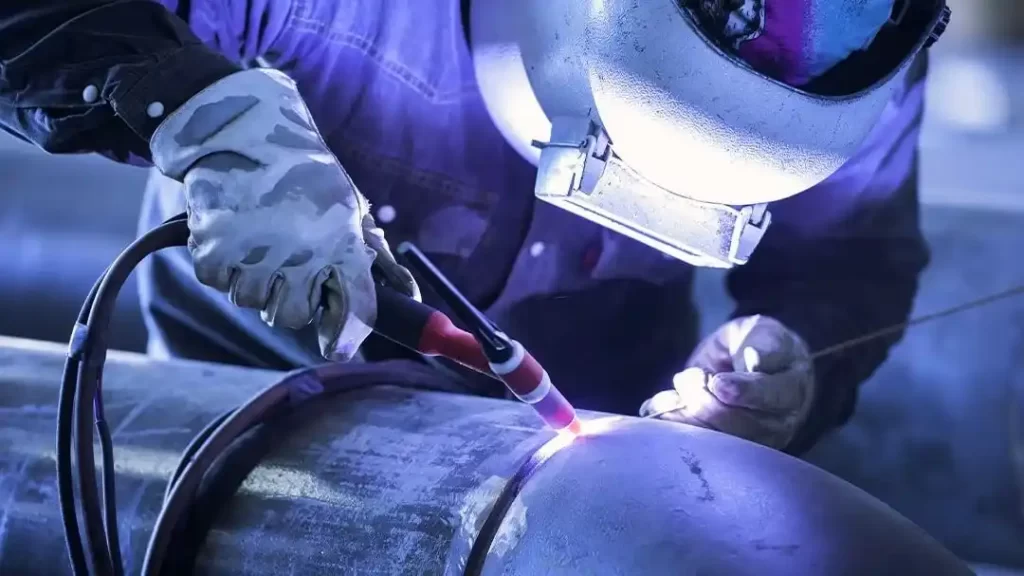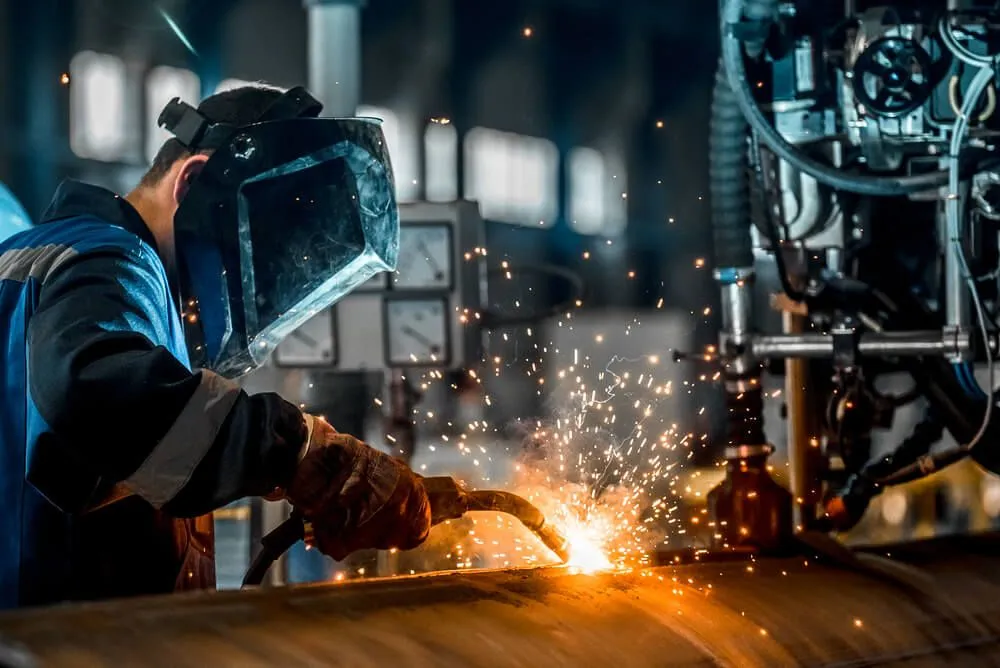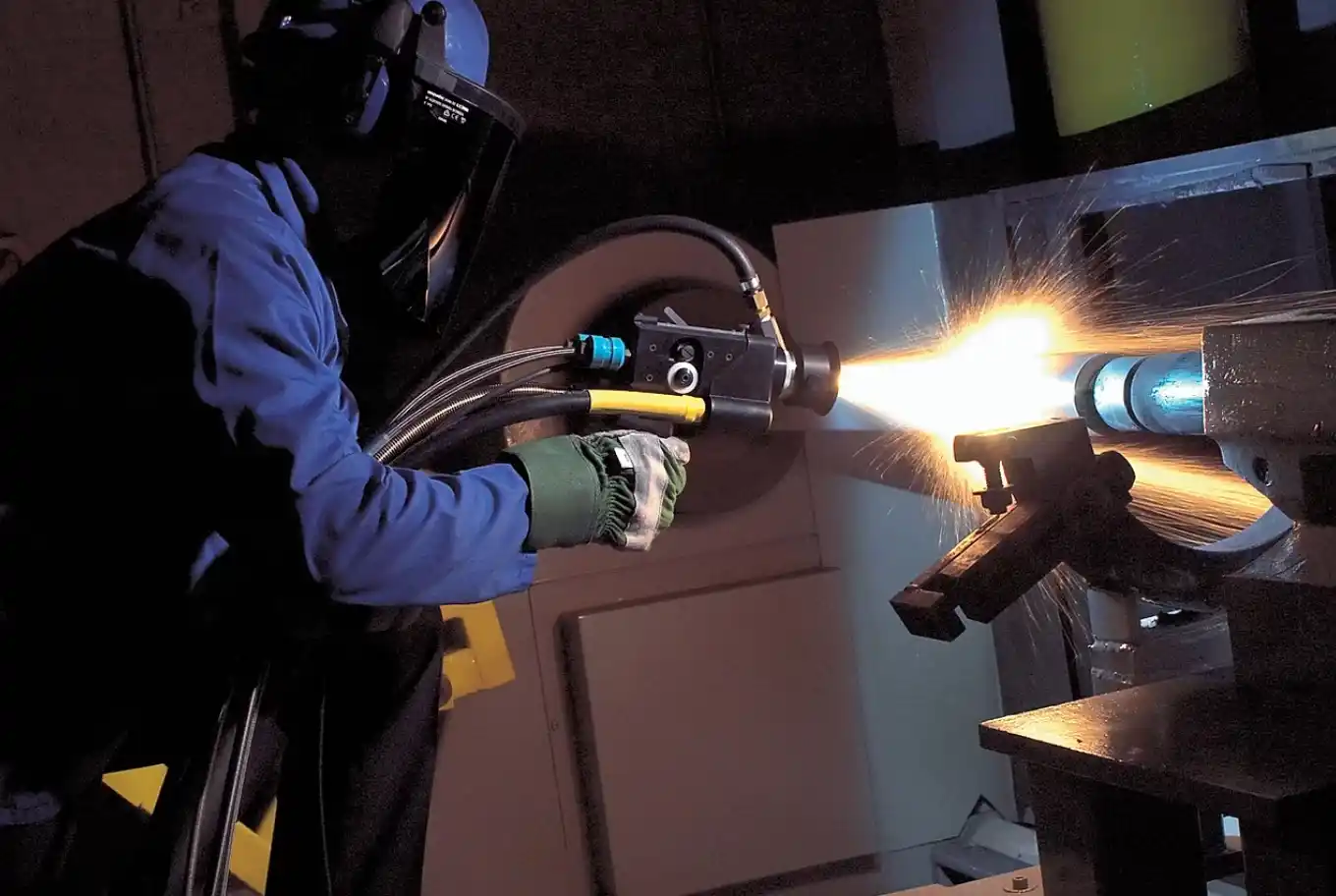What is SMAW? Efficient Welding Technique for Construction and Industry
What is SMAW?
Shielded Metal Arc Welding (SMAW), often referred to as stick welding, is one of the most commonly used and efficient welding methods in various industries, especially in construction and heavy machinery repair. SMAW uses a consumable electrode coated in flux to melt and form a strong weld joint.
This technique is known for its simplicity, relatively low cost, and its ability to be used in various conditions, whether indoors or outdoors. As one of the most versatile welding methods, SMAW is frequently used to join materials such as steel, iron, and some non-ferrous metals.

Advantages of SMAW
Flexibility in Various Environments
SMAW can be applied in nearly any environment, from rugged construction sites to indoor workshops. It doesn’t require sophisticated equipment like MIG or TIG welding, making it easier to use in the field.Effective for Thick Materials
One of the strengths of SMAW is its ability to weld thicker materials. It is commonly used for heavy construction projects such as bridges, high-rise buildings, and heavy machinery repairs, like excavators and dump trucks.Relatively Low Cost
Compared to other welding methods, SMAW offers a more economical solution. SMAW machines are generally less expensive, and operational costs are lower since only consumable electrodes are required without additional shielding gases.Ideal for Field Welding
Since SMAW does not rely on external shielding gas like TIG or MIG, it is well-suited for outdoor and remote site use. This makes it an excellent choice for field repairs, particularly in the heavy machinery industry.
How SMAW Works
SMAW operates by using a coated electrode that melts and becomes part of the base metal to form a strong weld joint. The electrode is coated with a substance called flux, which serves to protect the weld from oxidation and contamination during the welding process.
When the electric arc is created between the electrode and the base metal, the electrode melts and forms the filler metal that joins the base materials. Simultaneously, the flux coating melts and creates a protective gas shield around the weld, preventing atmospheric contamination, while also forming a slag layer that needs to be removed after the weld is complete.

SMAW in Heavy Machinery Industry
In the heavy machinery industry, SMAW is used for a variety of welding and repair needs. Some of the heavy machinery components commonly welded using SMAW include:
Frames and Chassis
Large components like frames and chassis require strong welds to handle heavy loads and extreme working conditions.Excavator Booms and Arms
High-stress components such as booms and arms need strong, crack-resistant welds to avoid failure during operation.Tracks and Undercarriage
The undercarriage of equipment like excavators and bulldozers, especially the track frame, often requires welding after wear or damage from harsh terrains.
Common Issues with SMAW Welding
While SMAW is an effective welding method, several issues can arise if not done correctly:
Cracking
Welds can crack if there is improper heat control, or if the material being welded is too thick or too thin. Cracks often appear after cooling.Porosity
Porosity occurs if the shielding gas from the flux does not work effectively, allowing air to enter the weld and creating small voids that weaken the joint.Slag Inclusion
Slag, formed during the welding process, can become trapped in the weld if not properly cleaned between passes, weakening the overall structure.
Repair Welding with SMAW
SMAW is also frequently used for repair welding, which involves repairing worn or damaged components. For example, cracked excavator booms or weakened chassis often need to be reinforced using welding. Repair welding requires specialized techniques to ensure the weld is strong enough to withstand heavy use.
Safety and Maintenance of SMAW Machines
- Safety: While SMAW is relatively easy to use, proper eye and body protection is essential. The light generated from the electric arc can be harmful to the eyes and skin.
- Machine Maintenance: Regular maintenance of SMAW machines is required to ensure that components like cables and electrodes remain in good working condition.
Conclusion
SMAW is a vital and efficient welding method used in various industrial applications, including construction and heavy machinery repair. With its advantages in flexibility, low cost, and the ability to weld thick materials, SMAW remains a top choice for many construction projects. For companies in need of a reliable and robust welding method, SMAW is an ideal solution.
Subheading: Repair Welding with SMAW
SMAW is also frequently used for repair welding, which involves repairing worn or damaged components. For example, cracked excavator booms or weakened chassis often need to be reinforced using welding. Repair welding requires specialized techniques to ensure the weld is strong enough to withstand heavy use.
Safety and Maintenance of SMAW Machines
- Safety: While SMAW is relatively easy to use, proper eye and body protection is essential. The light generated from the electric arc can be harmful to the eyes and skin.
- Machine Maintenance: Regular maintenance of SMAW machines is required to ensure that components like cables and electrodes remain in good working condition.
Conclusion
SMAW is a vital and efficient welding method used in various industrial applications, including construction and heavy machinery repair. With its advantages in flexibility, low cost, and the ability to weld thick materials, SMAW remains a top choice for many construction projects. For companies in need of a reliable and robust welding method, SMAW is an ideal solution.

